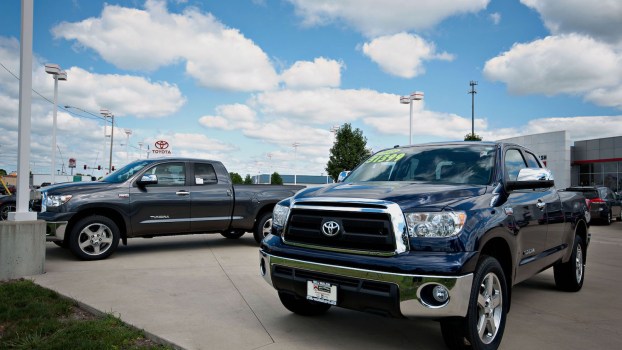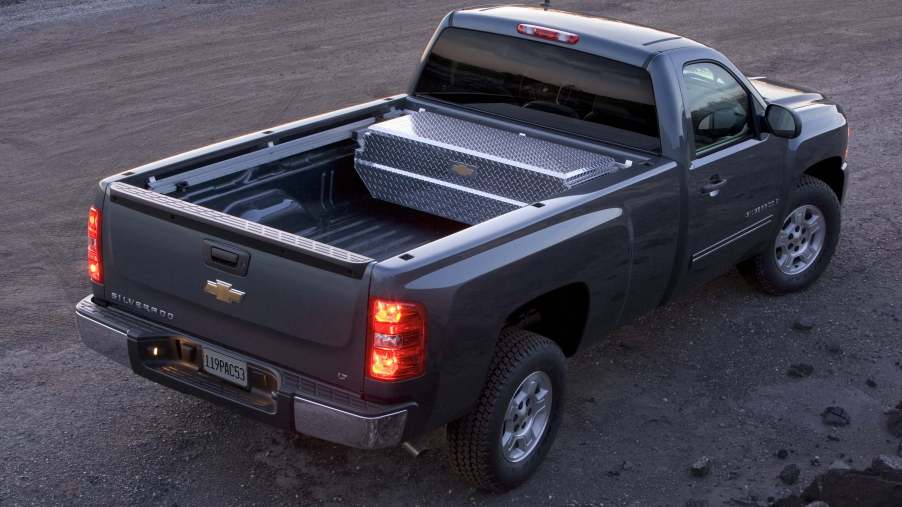
5 Common Check Engine Light Causes in a Chevy Silverado—According to a Mechanic
The Chevy Silverado and GMC Sierra have built reputations as reliable trucks with relatively low maintenance costs. If your GM pickup truck has a check engine light on, you’ll be happy to hear that the most common causes are relatively cheap fixes. But don’t hesitate to repair it; a check engine light for something minor can mask serious problems with your Chevy Silverado in the future.
Five most common Chevy Silverado check engine light causes:
- Stuck fuel injector
- Gas cap not sealing
- Air injection check valve
- Faulty throttle body sensor
- Broken knock sensor
1. Stuck fuel injector
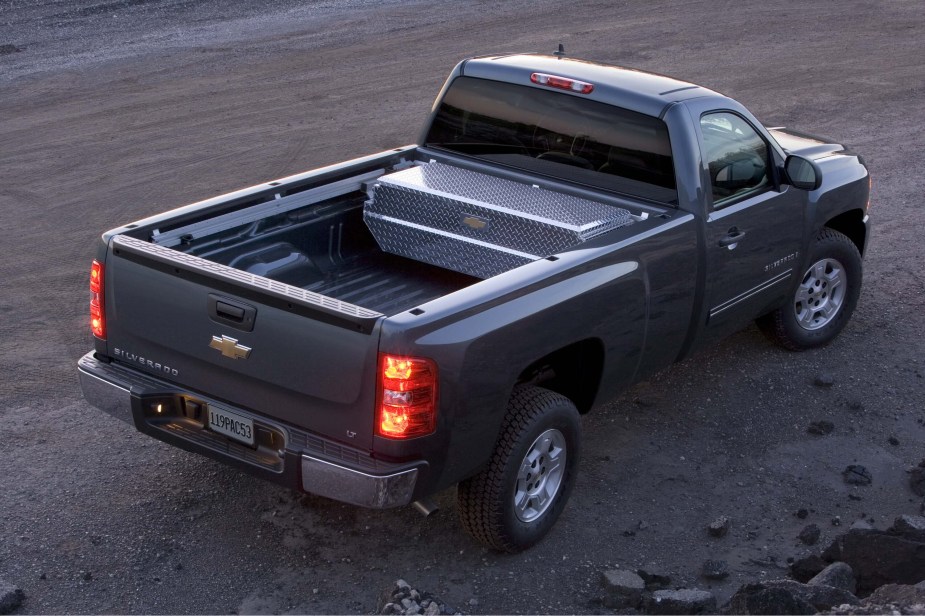
When RepairPal compiled all the owner complaints about the Chevy Silverado, the website found that the most common reported check engine light cause was fuel injectors stuck closed. In total, 73 owners reported discovering this issue. As far as we know, it struck trucks from 1999, 2000, 2006, 2007, and 2014-17. When injectors do go bad, they do it at 64,458 miles on average. This is, unfortunately, the most expensive problem on this list; it can cost you $900+ to replace your Silverado’s injectors.
Read up on ways to clean your fuel injectors.
2. Gas cap not sealing

A close second to a stuck fuel injector is much cheaper to address: a loose gas cap. If your Chevy Silverado’s gas filler cap is worn out or even just loose, your vapor recovery system can’t work correctly, and your check engine light will come on. So try to tighten it and restart your truck. If your check engine light is for vapor recovery and that cap still feels loose, you might have to pick up a new one. Overall, 67 Silverado owners reported having a worn-out gas cap causing a check engine light.
3. Restricted air injection check valve
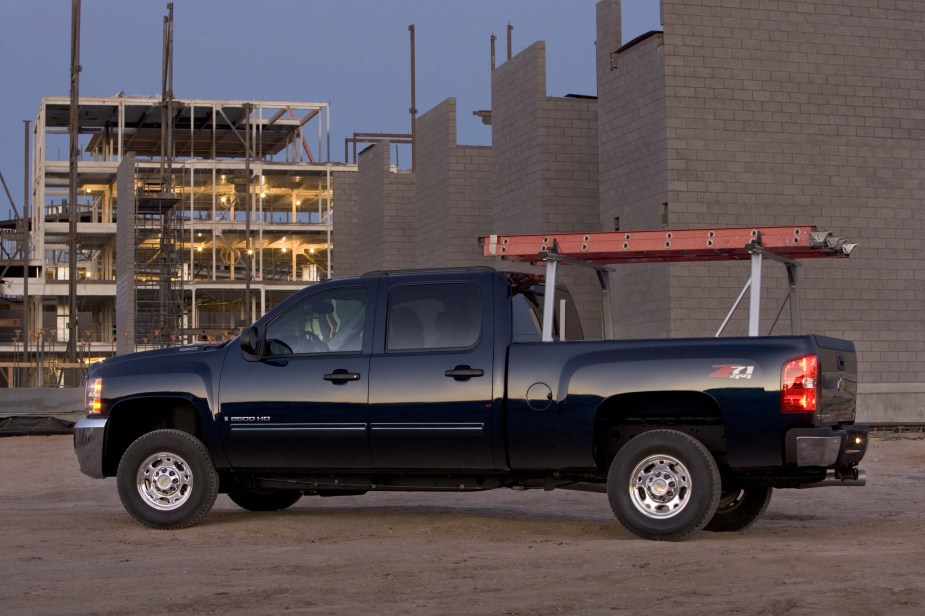
Your Silverado has two air injection check valves. When they wear out, they stick partially closed, starve your engine for air, and cause a check engine light. Fifty-eight owners of Chevy Silverados from 1999-2008 reported this check engine light cause, as early as 26,000 miles. But on average, these valves weren’t reported malfunctioning until 133,319 miles. You’ll be happy to hear that you can get them swapped out for $88-$111.
4. Faulty throttle body sensor

The mechanics on staff at 1A Auto compiled their own list of the top issues for Chevy Silverado and GMC Sierra pickup trucks, focusing on the 2007-14 generation. This list includes a check engine light with a P2135 code caused by a faulty valve sensor in the Chevy Silverado’s throttle body. Luckily, this component is located at the top of the engine and should be quick for either you or your mechanic to swap out.
5. Overzealous knock sensor
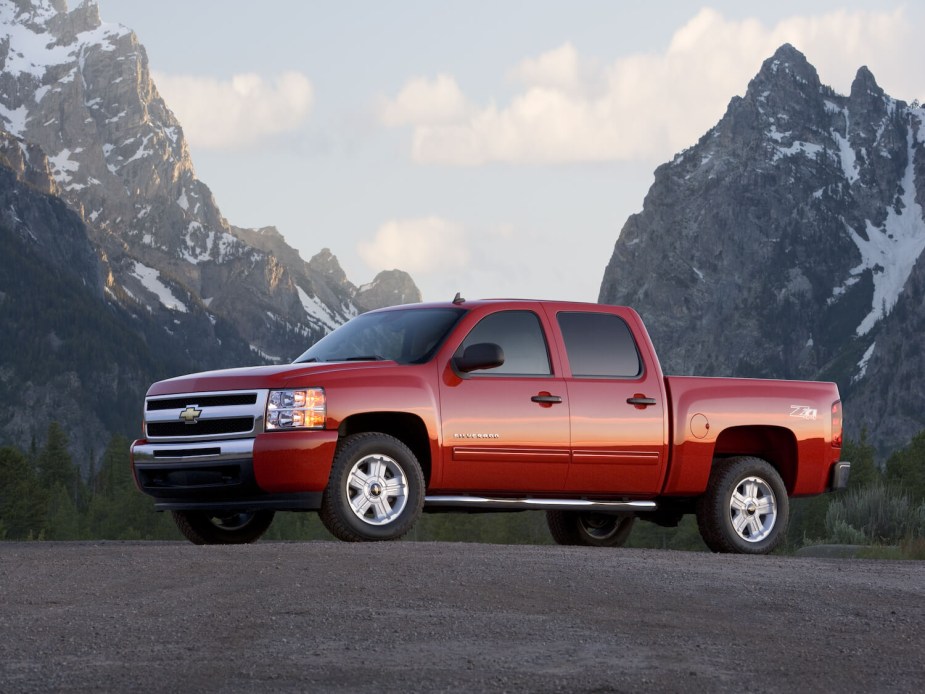
The second common check engine light 1A Auto covered was a “misfire” code actually caused by a malfunctioning knock sensor. The knock sensors are located at the bottom of the Chevy Silverado’s engine and detect vibrations caused by misfires. If they aren’t rusted in place, they are also quick and easy to replace once you jack the truck up.
Check engine lights are serious business
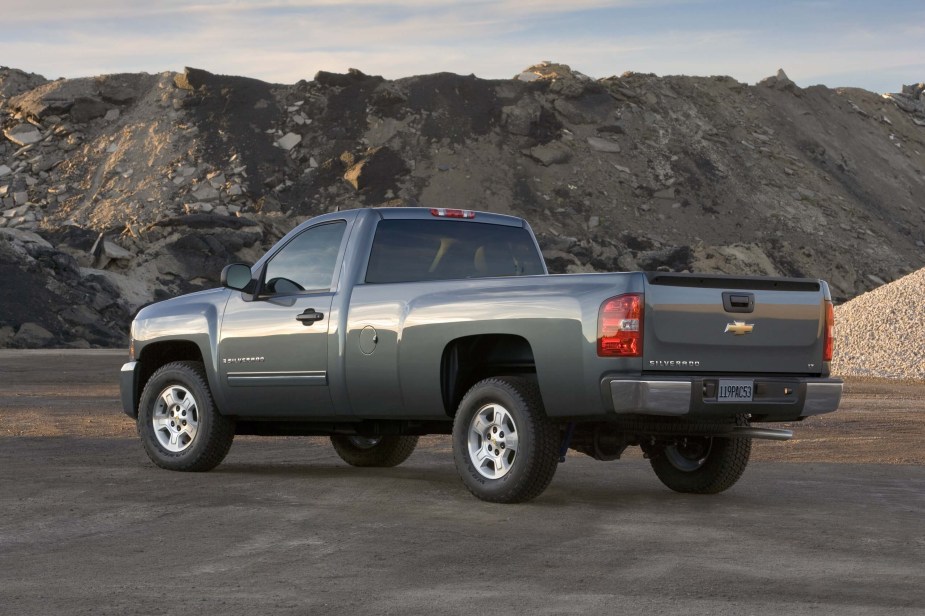
If you own a Chevy Silverado, you’re lucky that the most common causes of check engine lights are not incredibly expensive repairs–except for the occasional plugged injector. That said, the Silverado’s V8 engines are prone to low oil pressure and even burning oil if a PCV valve goes bad. If left unchecked, this issue can lead to a dangerous check engine light. So if you see that check engine symbol, check exactly what code you have. Then fix it so you don’t miss issues down the road.
Next, read the most common V8-specific Silverado problems or see 1A’s top Silverado problems in the video below:

